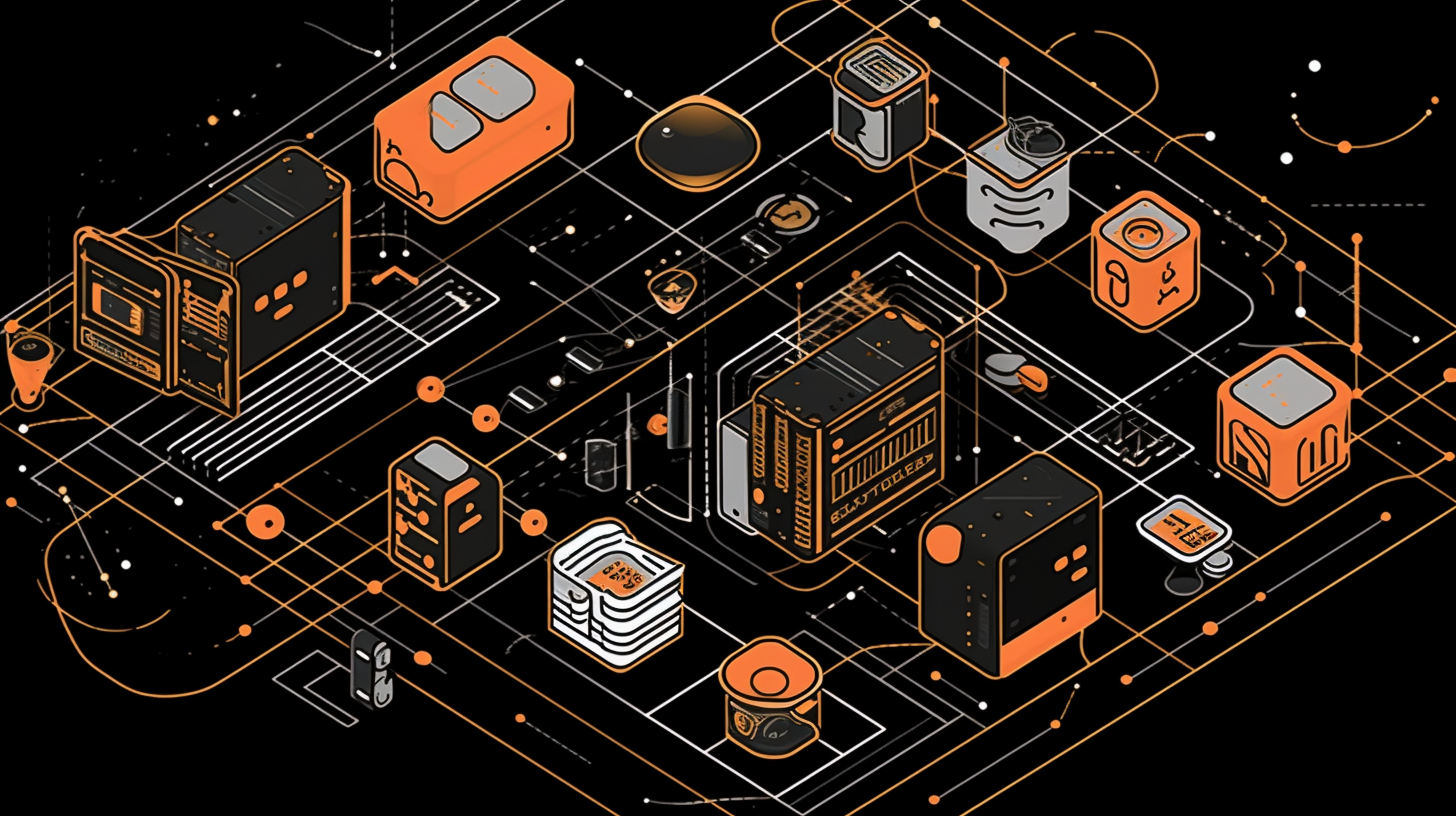Designing Cost-Optimized Database Solutions: A Guide for the AWS Certified Solutions Architect (SAA-C03) Exam

Once upon a time, before the dawning age of cloud-based solutions, managing a database used to be quite a costly affair. Those days are seemingly in the rearview mirror, thanks to Amazon Web Services (AWS). With the advent of AWS's flexible and robust database services, now we have not only have torn down the barriers to entry but also introduced unprecedented cost optimization options. Buckle up as we embark on this journey to unveil the secrets behind designing cost-optimized database solutions as part of the AWS Certified Solutions Architect (SAA-C03) exam.
An Academic Perspective
From a traditional standpoint, the cost of database systems was composed of tangible, direct expenses such as hardware acquisition, software acquisition, installation, management, and maintenance. Nowadays, with the introduction of cloud services offered by providers like AWS, the paradigm has dramatically shifted. On AWS, several services contribute to cost optimization of a database solution which includes Amazon RDS, Amazon DynamoDB, Amazon Redshift, and so forth.
RDS, for instance, offers the flexibility of on-demand, reserved, and spot instances each with their own cost benefits. Amazon DynamoDB, a NoSQL database service, offers on-demand and provisioned capacity modes. Where the former allows you to pay only for what you use without capacity planning, the latter requires you to specify the number of reads and writes per second. There's also the Auto Scaling feature that adjusts your table’s capacity based on actual traffic patterns – a fantastic solution to prevent overprovisioning and unnecessary costs. Redshift, Amazon’s data warehousing solution, offers various node types to balance between performance and cost.
Another aspect that significantly contributes to cost optimization is data transfer and storage costs. AWS provides services like S3 Intelligent-Tiering which automatically moves your data between four access tiers when it detects the change in the pattern of your data usage. This automatic shifting results in notable cost savings by ensuring data is stored in the most cost-effective tier, without performance impact or operational overhead.
Numbers Don't Lie: The Statistical Angle
Now, we need to face the music and discuss the figures. And remember, numbers have a habit of revealing the truth. A study by the International Data Corporation (IDC) presented a stark truth: AWS customers experienced a decrease in their five-year TCO (Total Cost of Ownership) by an average of 59% for database workloads, compared to those working with on-premise data centers. That's not pocket change, folks!
If we dig a little deeper, the 2020 AWS report shows savings reaching an impressive 72% when companies shift from legacy Oracle databases to Amazon Aurora, a MySQL and PostgreSQL compatible relational database built for the cloud, underlining the stark cost benefits the cloud-based databases offer.
It would be remiss not to mention the costs savings from DynamoDB. AWS claims an industry-leading 62% less expensive read and write request unit costs compared to other NoSQL databases. That's a game-changer, isn't it? Moreover, an AWS commissioned study concluded that migration to AWS DynamoDB from self-managed Cassandra resulted in an annual savings of 70% in database total cost of operations. So, the benevolence of AWS in terms of cost optimization doesn't stop with relational databases alone; it extends to NoSQL solutions too.
So, as you navigate your journey towards AWS certification, do remember that understanding the ins and outs of designing cost-optimized database solutions is not only essential for your exam but also a game-changer in the growing world of cloud computing. The potential cost savings and operational efficiencies AWS offers are indeed music to any organization's ears and mastering them could be your ticket to becoming an invaluable asset in the AWS realm.